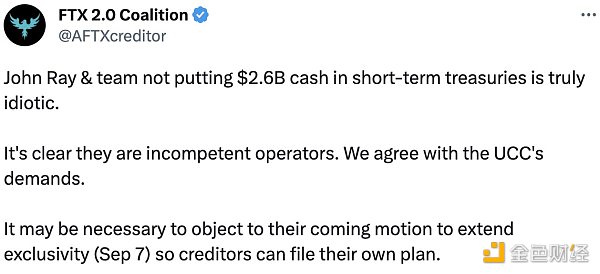Institution Fomoing, whales enter, collect licenses, summon dragons
“With the contract for agricultural products 200 years ago, the contract for industrial products 100 years ago, and the energy, stock, and foreign exchange contracts 50 years ago, the digital asset derivatives market will inevitably prosper. The future digital asset infrastructure for institutional investors Will become the bridge for the "whale" admission."
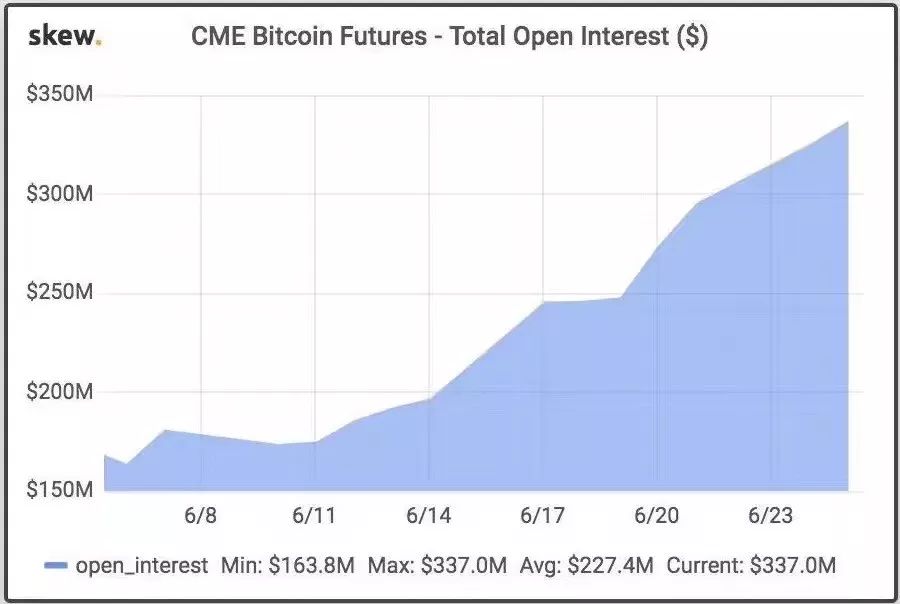
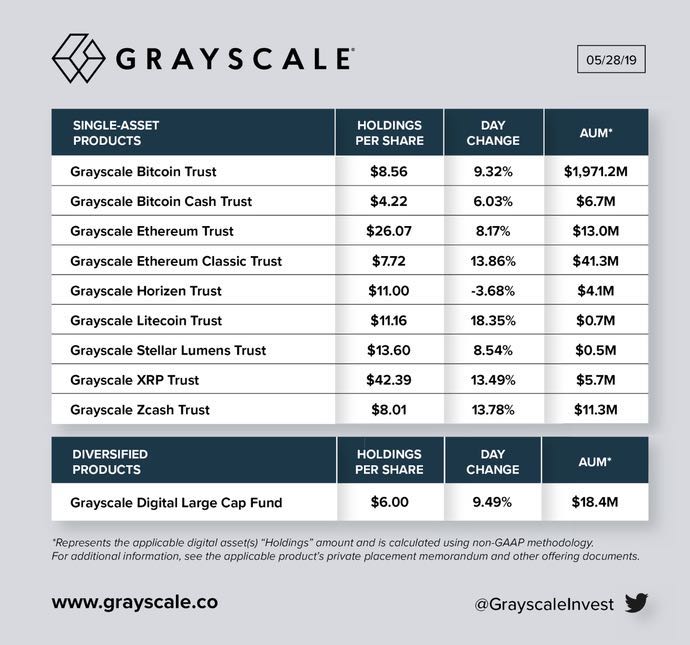
Institutions are FOMOing
- G20 Summit Meeting V20 Preview: Digital Asset Service Proposal Extends Effective Date of FATF Standard
- Jinan, Shandong: When the blockchain meets government service, it takes only one hour for the company to start.
- Institutions are also suffering from "missing phobias". Who buys Bitcoin in large quantities?
Chicago: Never Absent, Witnessing Financial Derivatives
For a long time, many Chicago-themed films have been viewed in the Chicago Board of Trade Building. This architecturally rich sculpture and large stone sculpture became the landmark of Chicago after its completion in 1930, witnessing the changes in the derivatives market.
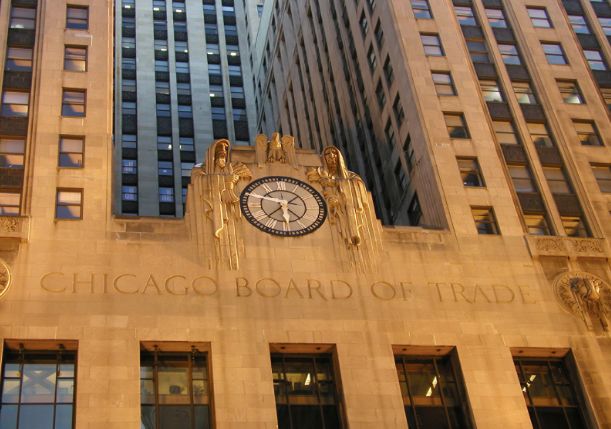
CBOT (Chicago B oard of Trade)
In 1848, the Chicago Board of Trade was formed by 83 grain traders. On October 17, 2006, the Chicago Mercantile Exchange (CME) and the Chicago Board of Trade (CBOT) announced the merger, becoming the world's largest derivatives exchange – the Chicago Mercantile Exchange Group (CME Group, CME Group).
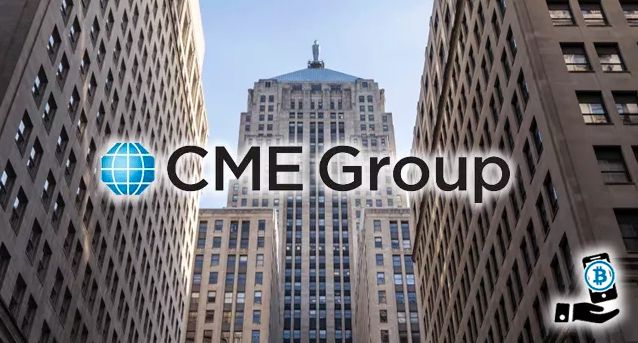
The birth of financial derivatives is not accidental. From agriculture to industry to energy and digital era, with the changes in economic patterns, the trading varieties are constantly enriched, and the regulatory rules are always after a round of free "innovation" and "speculation" frenzy. Only gradually improve.
1) The agricultural era: 200 years ago, a small circle of farmers and pork dealers. At the time, Chicago was the largest grain distribution center in the United States. The Chicago Board of Trade was born in 1848 with the continuous concentration of grain trading and the development of long-term trading methods. In 1865, standard futures contracts replaced Futures and implemented a margin system.
But at the time, it was “a circle of farmers and food processing manufacturers” and it was a very niche market. The price of agricultural products is controlled by a few large speculators, fraud and forced rushes frequently, and violent price fluctuations even trigger peasant turmoil. After the outbreak of World War I, there was even more speculative speculation in the commodity market.

In 1920, when the wheat futures of the Chicago Board of Trade (CBOT) just resumed trading, a waterfall price fell and triggered a “big bear market” for 10 consecutive months, causing the spot market price to be much lower than the planting cost . In order to curb the excessive expansion of monopoly organizations, Congress passed the first anti-monopoly law "Sherman Act" in 1890 .
Until now, the agricultural product contract is still an important transaction category of CME Group, with the most complete range of agricultural futures and options.
2) In the industrial era, the economic center of the United States shifted from agriculture to modern industrial production. CBOT has not only become the global agricultural product pricing center, but also the types of futures contracts have gradually expanded from traditional agricultural products to metals, precious metals, manufactured goods and processed products.
At this stage, government supervision has been continuously strengthened and improved. After the Great Depression in 1929, he pursued "Keynesianism" and advocated the government's intervention in the economy. The federal level enacted the Commodity Exchange Act (CEA) in 1936 , giving the federal government greater regulatory enforcement power.

From Huobi DM
Metal futures mainly include gold futures (GC), silver futures (SI), platinum futures (PL), palladium futures (PA), copper futures (HG) benchmark contracts; small futures and options contracts for gold, silver and copper; Iron ore products.
3) The energy era, along with the collapse of the Bretton Woods system and the oil crisis of the 1970s , oil, energy and foreign exchange prices were full of turmoil and uncertainty, and people sought derivatives as a means of risk management . Technological advances in financial engineering have also enabled risks to be more accurately identified and priced, creating good conditions for the development of the derivatives market.
In 1972, the Chicago Mercantile Exchange (CME) launched the first financial futures contract in history, the foreign exchange futures contract , and financial derivatives began to enter a period of rapid development.
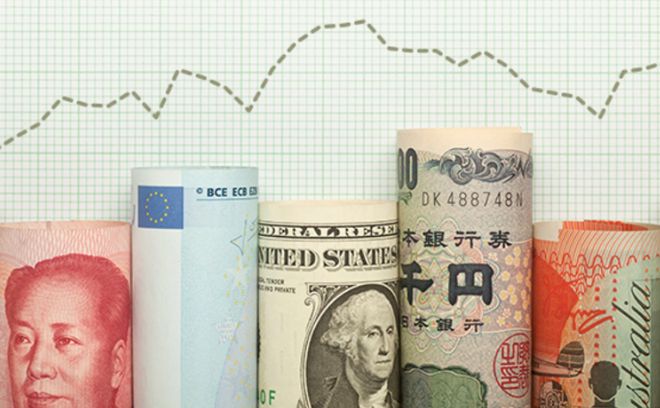
In addition to foreign exchange futures, there are also energy futures : NYMEX light sweet crude oil WTI, HenryHub natural gas, petroleum, and electronic products, stock index futures: including S&P 500 index, Nasdaq 100 index, Dow Jones Industrial Average Index, Nikkei 225 Index, MSCI Index and UK FTSE Index, etc.
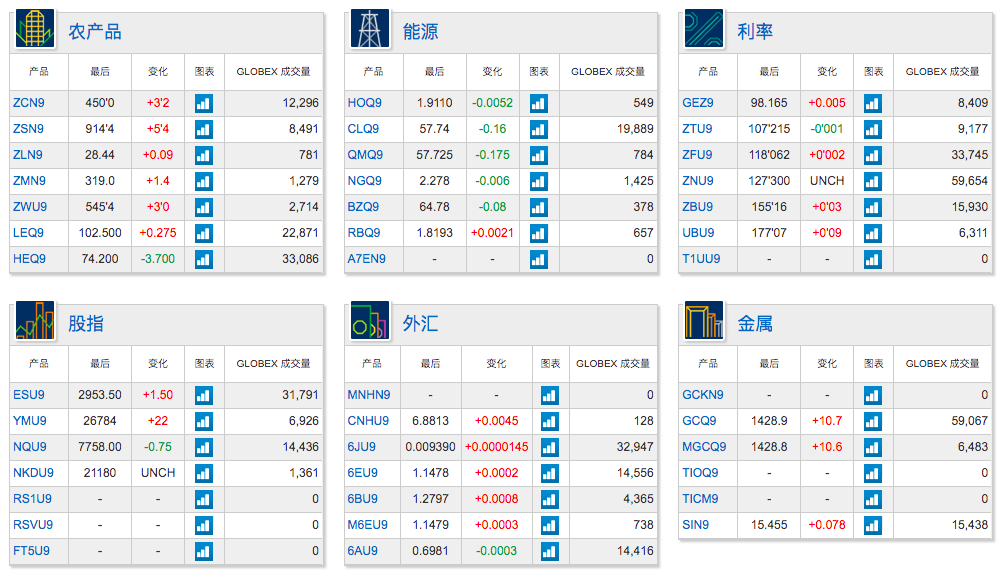
CME Group trading variety
So far, the United States is still the world's largest and most innovative financial derivatives market. Its transaction volume accounts for nearly 40% of the global market. It is a global commodity, financial transaction center and pricing center .
What kind of derivatives infrastructure do we need in the digital age?
Compared with the agricultural product contract 200 years ago, the industrial product contract 100 years ago, the energy, stock, and foreign exchange contracts 50 years ago , the digital asset-based derivatives market will move from the niche to the mainstream, and so far, the United States is still the world size. The largest and most innovative financial derivatives market, with a global market share of nearly 40%, is a global commodity, financial trading center and pricing center .
This time, the bitcoin market is clearly driven by a large amount of funds led by US institutions. Some people joked that we are experiencing the moment of "institutional FOMO".

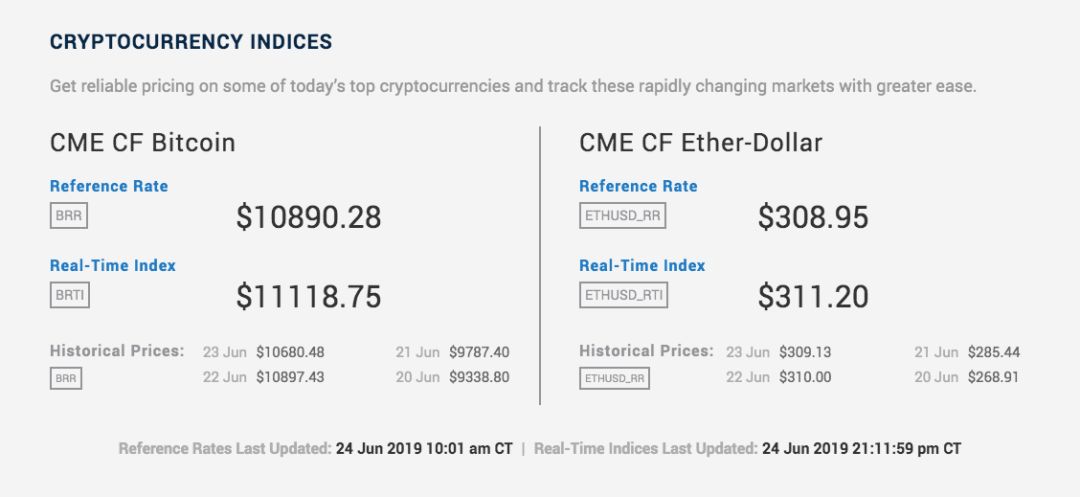
BTC and ETH Index from CME Group
Although the current digital asset market is still in the early stage, with spot trading as the mainstay and retail investors as the leading factor, we have also observed:
- During the last round of bear market, due to the decline of the market, a large number of digital asset holders such as BTC and ETH have strong hedging needs.
- Since 2018, more and more institutional funds have been admitted, and there are many institutions in the United States that have “dark whales”.
- Derivatives exchanges have become a battleground for military strategists such as OKEx, BitMEX, Huobi DM, Fmex, Seed CX, etc. Contract trading has become an important business for exchanges.
In the “Institutional Market and VIP Customer Survey”, “Global Regulation (Compliance), ETFs, Options Contracts, Physical Delivery Futures Contracts, and Encrypted Asset Services of Traditional Brokers” are considered as the top 8 potential growth drivers in the industry. (1 represents the highest, 5 represents the lowest), and these factors are essentially creating conditions for the entry of incremental institutional funds.
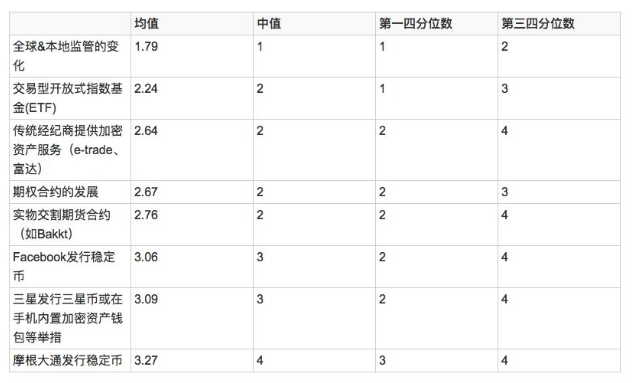
Binance institutional market insight
As the market matures, the investor structure will shift from individual-based to institutional investors. With reference to the users of CME Group, the proportion of institutions will reach 70%, including banks, hedge funds, futures consultants, Self-operated trading companies, multinational companies, etc.

Institutional investors’ money will flood into the digital asset market
Despite the recent rise in bitcoin and the phenomenon of Facebook Libra, the pain in the bear market still exists. After experiencing various pits in the process of entrepreneurship and financing, we believe that many of the great pain points in the industry remain. Not solved:
- For blockchain startups, high-risk digital assets raised by entrepreneurial financing require safer custody and asset management (preservation and value-added)
- For digital asset funds, asset management for portfolio and secondary markets requires both hedging risk derivatives and leveraged tools/Staking lending to improve capital efficiency.
- For traditional investment funds, a compliant infrastructure is required, such as a compliant OTC currency deposit channel, auditable financial reports, and a multi-party escrow account.
Located in Chicago, the capital of derivatives, SeedCX, which has received investment from top institutions such as Bain Capital, Octavia Capital, DDC, and OKCoin, is trying to solve the above problems and create a digital asset infrastructure system for institutional investors. They will conduct business in a framework that is consistent with financial logic and compliance.
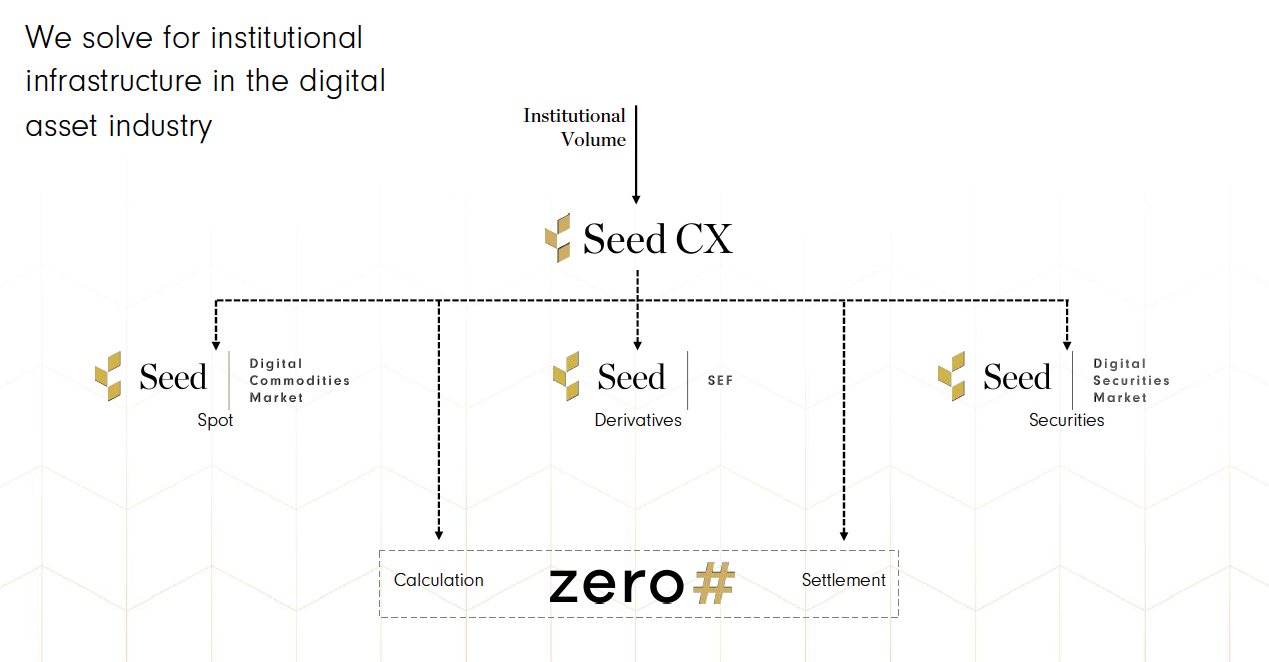
Spot, derivatives, securities, clearing, custody infrastructure
Suppose there is a traditional broker who has 500 active users in the FX (Forex) trading market, some of whom want to configure digital assets. But now, brokers do not have a compliant way to do liquidation, and there is no operational process that fits the user's trading habits.
We need a simple web trading tool and API interface that allows brokers to clear accounts in a fully compliant path and supports the exchange of multiple mainstream currencies and various legal currencies.
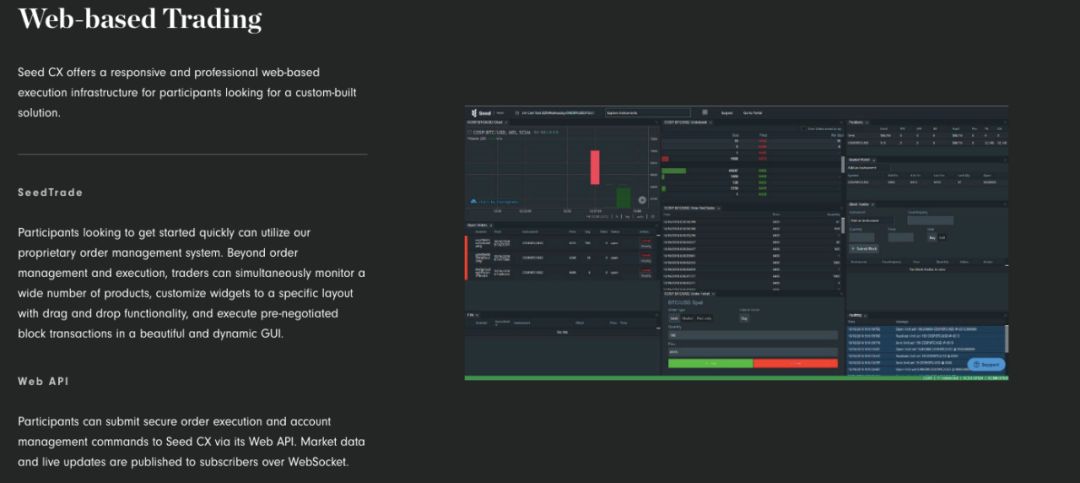
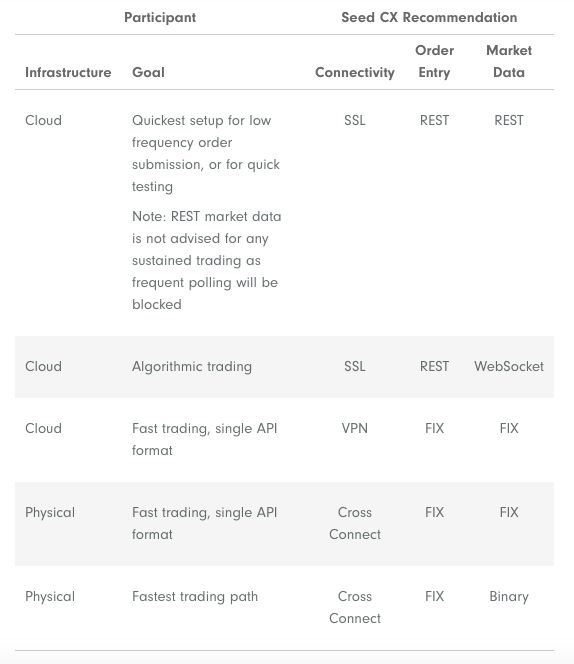
Suppose an institutional client, such as a bank, pension fund, or hedge fund wants to purchase digital assets such as BTC. The process of logging in, registering, hosting, trading, clearing, and exiting on the existing Crypto exchange is not in line with the organization's existing Habits, we also need to adapt to the existing system, smooth and compliant full-process services.
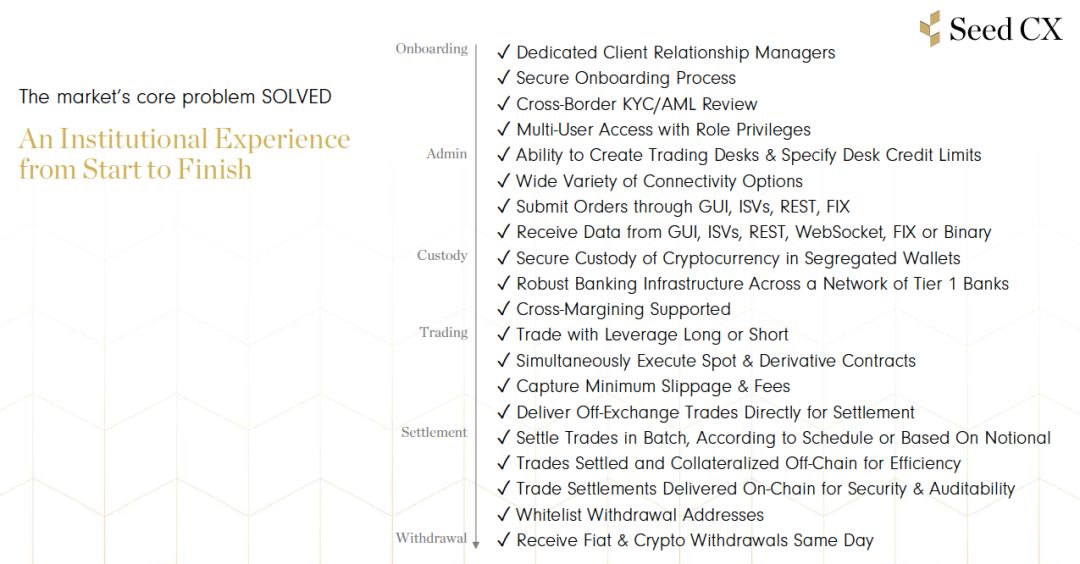
Smooth experience of the organization
More importantly, the exchanges that seek to open traditional financial markets need to have strong industrial resource accumulation, and establish strategic alliances in various important aspects of finance, such as brokers, Settlement, custodians, investment institutions, and so on.
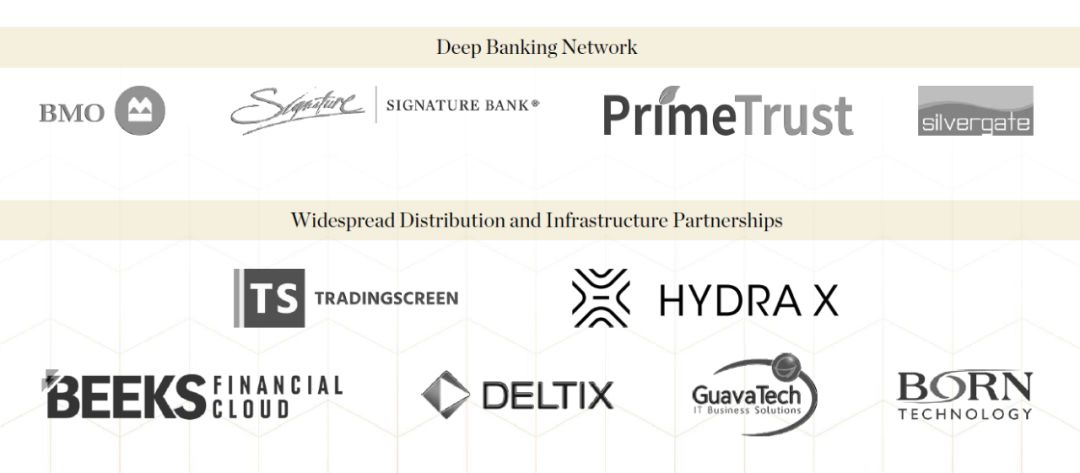
If you want to wear the crown, you must bear the weight, collect the license, summon the dragon
The 2008 financial crisis was also the beginning of the birth of Bitcoin in 2009, the most radical change plan proposed when people's dissatisfaction with the traditional financial system reached its climax. The explosive growth of marginal innovation is huge, and the market value of BTC has increased from 0 to trillions of RMB . However, this scale is still not worth mentioning in the traditional financial world. There is still a long way to go before the Crypto market enters maturity.
If DeFi is exploring a set of decentralized technology solutions based on native digital assets, it is relatively independent and parallel with the existing financial system; another moderation is to find an adaptation to existing legal and financial systems. Path .
The tightness of supervision has the same cycle as the financial market. Innovation is in the forefront, and regulation is followed by a constant law. After the 18-year financial crisis, the government's main tone was transferred to comprehensively strengthen the supervision of the derivatives market. The Dodd-Frank Act (Dodd-Frank Wall Street Reform and Financial Consumer Protection Act) was introduced in July 2010. The most severe financial reform bill since the Great Depression in the 1930s.
By the same token, after the end of the barbaric growth period in the encryption market, being included in regulation is almost a fate.
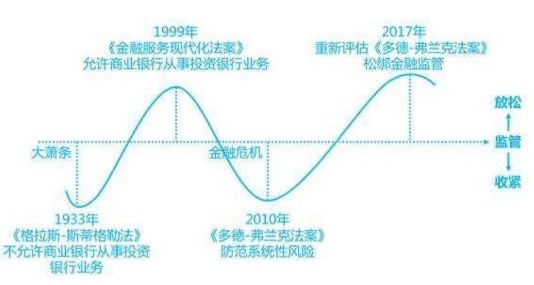
Regulatory tightening cycle
We have seen that social giants such as Facebook, LINE and Kakao are putting stable coins into the existing system, and asset agencies such as Fidelity and Hudson River Trading will also configure some digital assets for customers, which will convert the stock users. The "trojan" will greatly reduce the cost of getting crypto.
With the addition of traditional forces, the threshold for entrepreneurship will be higher and higher. In the future competition structure of exchanges, licenses will be an important and scarce resource. An exchange with a full compliance license for digital asset transactions will have the advantage that is not available outside the regulated exchange.
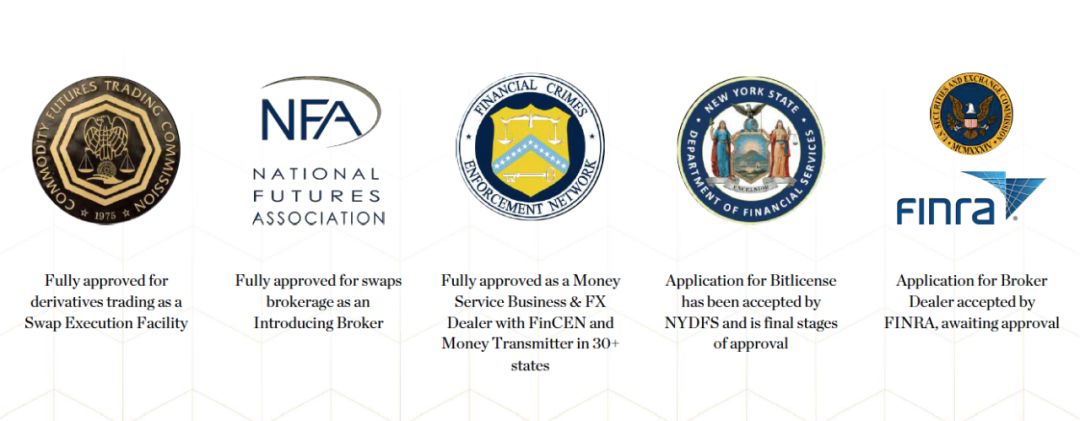
In the Internet world, access to users and large-scale expansion relies heavily on the power of capital and operations . In the world of financial services, the desire to wear the crown is inevitable. To be mainstream, it is necessary to achieve real scale. Do not open the word "compliance" . At present, the federal and state levels in the United States have different understandings of Crypto's licenses. To sum up, the following licenses are required:
- Swap Execution Facility (registered). Seed SEF is the implementation and matching of forwards and options. SEF licenses are very difficult to obtain, only 25, and are mostly held by the world's largest banks and exchanges.
- The Seed Digital Commodities Market (registered) Seed digital commodity market is a spot trading and matching market based on the principle of restraint and balance. Seed Market has a BitLicense license issued by the New York State Department of Financial Services.
- Seed Digital Assets Broker: Introducing Broker (Registered) The Introducing Broker under the National Futures Association (NFA) refers to a securities company acting as a referral broker or futures trading assistant for a futures company, helping The futures company recruits customers, assists the futures company to accept the customer's account opening, accepts the customer's order and delivers the enterprise or individual executed by the futures company.
- Clearing intermediary
- Money Service Business registered as FinCEN
- FX Dealer registered as FinCEN
- Registered as a currency broker in 33 states (Money Transmitter)
- FINRA's Broker-Dealer license and SEC-regulated ATS license
When the Crypto market enters the bottleneck of the stock game from the stage of “the barefoot is not afraid to wear shoes”, we believe that the trading platform for obtaining global licenses will have an absolute latecomer advantage.
Author: Wei Ran
We will continue to update Blocking; if you have any questions or suggestions, please contact us!
Was this article helpful?
93 out of 132 found this helpful
Related articles
- Dfuse received $3.5 million in seed round financing, led by Multicoin Capital and Intel Capital
- Talking about the governance of encryption protocol: making good use of the power of evolution to achieve network effect
- SWAP: Asset allocation is not a privilege for the rich, blockchain + traditional finance gives you the Pareto optimal solution
- Wanchain released the PoS Galaxy Consensus Beta in the first quarter of the year, doubling the speed of the block, the official light wallet debut
- Bitcoin is 15 minutes deep and $1,700. Coinbase and other platforms once 瘫痪
- Analysis of the market: BTC high shocks, mainstream currency will usurish up?
- China Blockchain Game Development Team Pure White Matrix Launches World's First Cloud IDE to Access Libra Move Language






